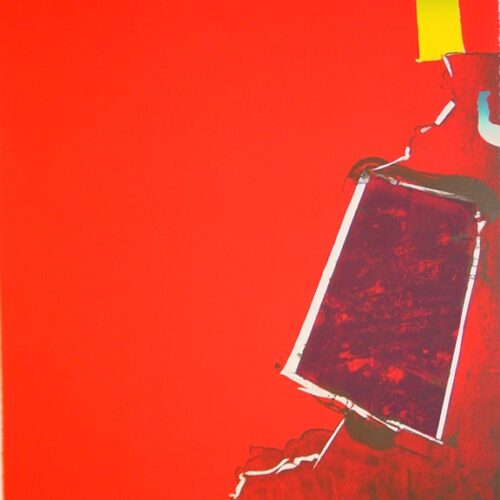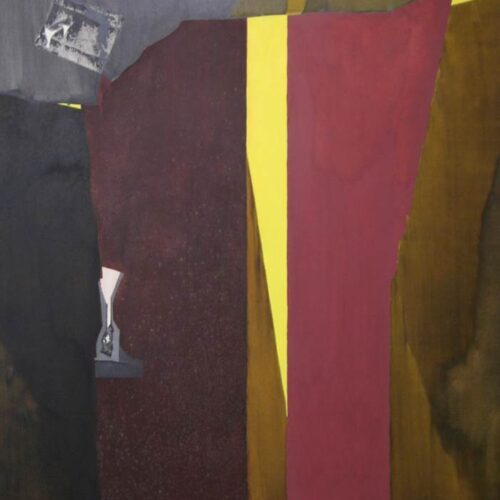
Africa
Hood found inspiration not only in the world around her but also through her vast study into a wide range of subjects including philosophy and indigenous cultures. One subject that fascinated her was Africa. Two books that made a deep impression on her were Alan Paton’s Cry the Beloved Country, 1948, the fictionalized account of the civil and racial unrest in pre-Apartheid South Africa, and Karen Blixson’s (writing as Isak Dinesen) memoir of her time in early 20th century British colonized Kenya. The knowledge she gained from these books along with her observations of African Americans as they gathered in Hermann Park was the impetus for a series of works alluding to the breakdown of African tribal communities and the African diaspora. Hood’s efforts to understand African cultures resulted in powerful works that alluded to the spiritual while visually echoing what she saw in Paton’s writing. She states, “Paton’s writing, forever, is from an ancestral place—in him, in the earth.” In the African opus, Hood conjured African mask-like faces and used colorful patterns seen in traditional African textiles as inspiration for the ten paintings from the mid-1970s comprising her series Tixo’s Void (Tixo, in Zulu culture is known as the Great Spirit). In all her works relating to Africa, Hood extensively employed the process of decalcomania, wherein she pressed paint between the canvas and another surface. Removing the top surface layer left irregularly shaped textural patterns that add to the depth and complexity of the work.

